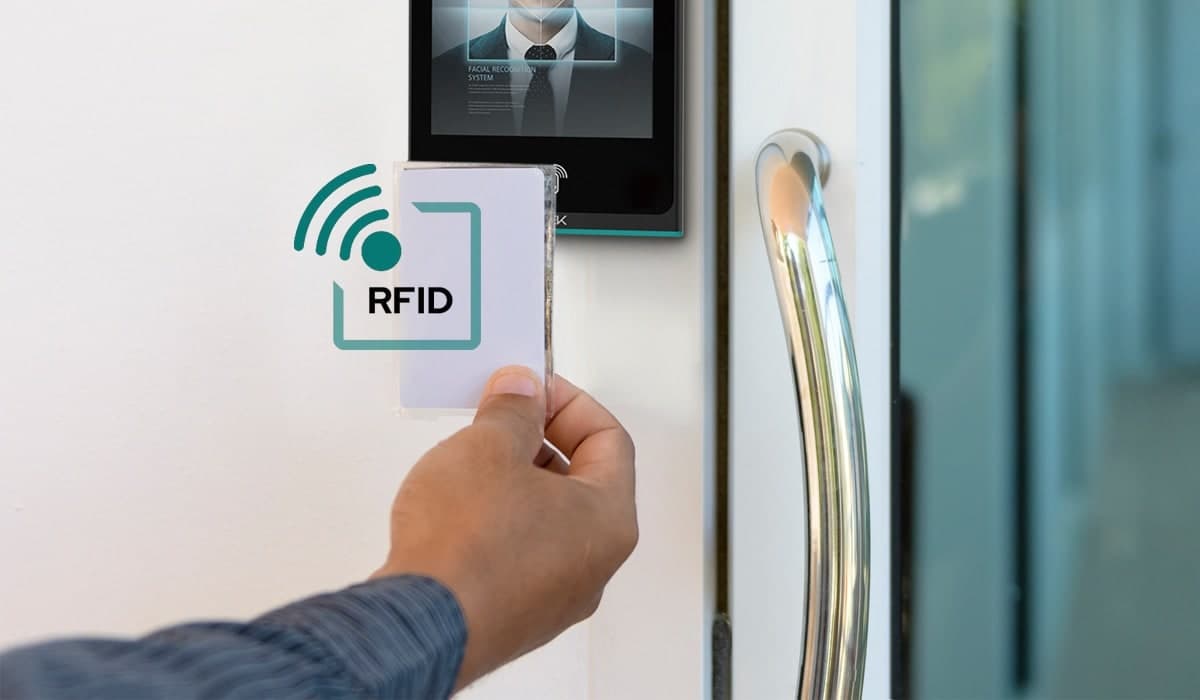
What is RFID?
Radio Frequency Identification (RFID) is a technology that uses radio waves to identify and track objects automatically.
How RFID Works
RFID systems consist of three main components:
- • RFID Tags: Small devices containing a microchip and antenna
- • RFID Readers: Devices that emit radio waves and receive signals from tags
- • Software System: Processes and manages the collected data
When an RFID tag comes within range of a reader, it receives the reader's radio signal and responds by transmitting its stored data back to the reader.

Types of RFID Systems
Low Frequency (LF)
125-134 kHz
Short read range, good for animal tracking and access control
High Frequency (HF)
13.56 MHz
Medium read range, commonly used in payment systems and smart cards
Ultra High Frequency (UHF)
860-960 MHz
Long read range, ideal for supply chain and inventory management
Applications of RFID
Supply Chain Management
Access Control
Asset Tracking
Retail
Healthcare
Transportation
Benefits of RFID
Improved Efficiency
Enhanced Security
Real-time Tracking
Cost Reduction
Better Data Accuracy
Automated Processes
Increased Visibility
Scalable Solutions